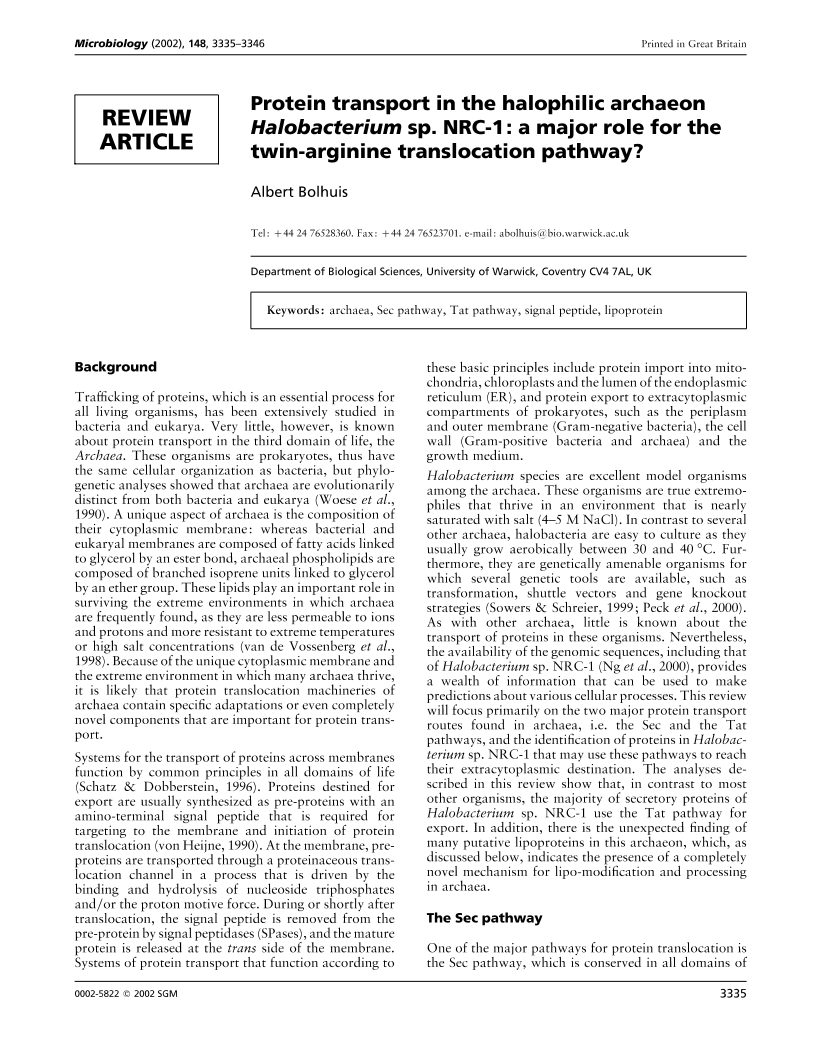
Full text loading...

Protein transport in the halophilic archaeon Halobacterium sp. NRC-1: a major role for the twin-arginine translocation pathway?, Page 1 of 1
< Previous page | Next page > /docserver/preview/fulltext/micro/148/11/1483335a-1.gif
There is no abstract available.

Article metrics loading...

Full text loading...
References


Data & Media loading...
